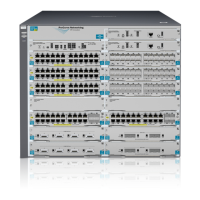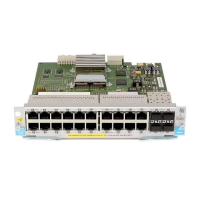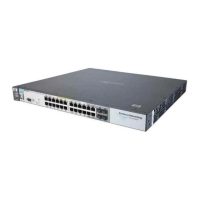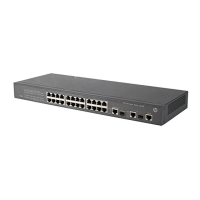8-29
Classifier-Based Software Configuration
Traffic Classes
Creating a PBR Policy
PBR provides the ability to manipulate a packet’s path based on attributes of
the packet. Traffic with the same destination can be routed over different
paths, so that different types of traffic, such as VOIP or traffic with special
security requirements, can be better managed.
The supported actions for PBR are:
■ Setting the next hop for routing the packet (<ipv4 | ipv6> ip next-hop <ip-
addr>)
■ Setting the next hop for routing the packet if there is no explicit route for
this destination (<ipv4 | ipv6> ip default-next-hop <ip-addr>)
■ Setting the outbound tunnel interface for the packet (interface tunnel
<tunnel-ID>). See the chapter “Tunneling IPv6 over IPv4” in the IPv6
Configuration Guide for your switch for information on configuring
tunnels.
■ Setting interface null, which specifies that the packets are dropped if no
other actions have occurred.
Operating Notes for PBR.
■ Multiple actions can be configured for a class, up to 8 actions per class.
■ If you configure an action of interface null, no more actions for that class
may be configured.
■ Only on of the 8 possible actions can be active at one time.
■ The precedence of actions is indicated by the order in which they are
added to the policy.
■ Actions can only be added to a class, and they are added to the end of the
action list for the class.
■ To remove actions from a class, the entire class must be removed from
the policy.
■ When an action becomes inactive, for example, if the configured address
becomes unreachable (for next-hop and default-next-hop) or the interface
goes down (for a tunnel), the policy is configured with the next action for
that class, if possible. If that action is not active, the next action is tried,
and so on, until an interface null or the end of the list of configured actions
is encountered. If the end of the list is reached, the policy action for that
class behaves as if no PBR policy is applied.
■ The maximum combined number of unique IP next-hops and default-next-
hops supported is 256.
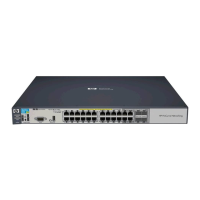
